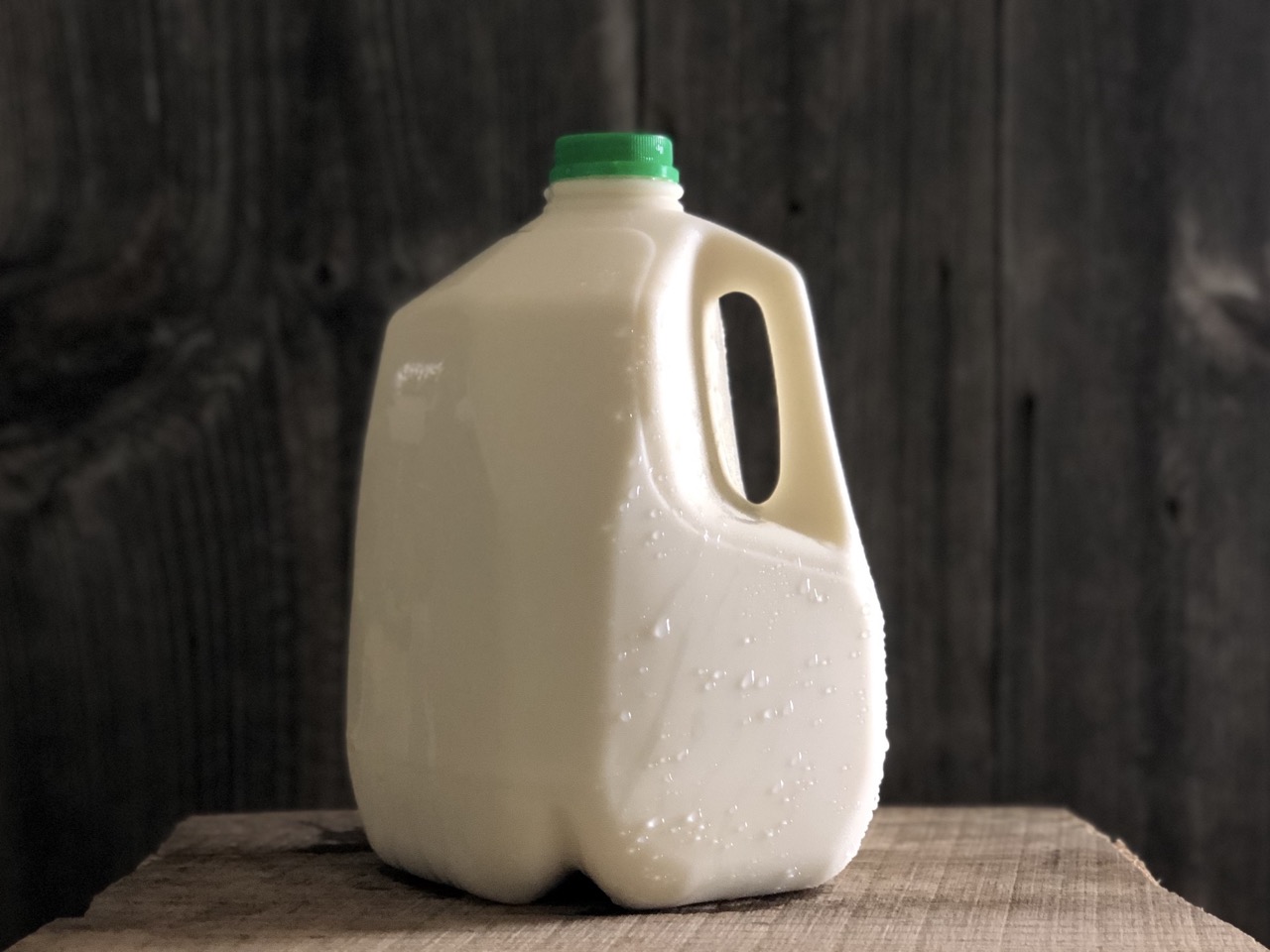

Articles
How To Store Goats Milk
Modified: February 26, 2024
Learn the best practices for storing goat's milk with our informative articles. Discover how to maintain freshness and quality for longer shelf life.
(Many of the links in this article redirect to a specific reviewed product. Your purchase of these products through affiliate links helps to generate commission for Storables.com, at no extra cost. Learn more)
Introduction
Welcome to the world of goat’s milk! If you are a goat milk aficionado or considering incorporating this creamy and nutritious liquid into your diet, it’s essential to understand the proper storage methods. Storing goat’s milk correctly not only helps to maintain its freshness and flavor, but it also ensures its safety and extends its shelf life.
Goat’s milk has long been known for its numerous health benefits, ranging from a rich source of vitamins and minerals to its easier digestibility compared to cow’s milk. Whether you source it from your own backyard or purchase it from a local farm or grocery store, proper storage is crucial in preserving its quality.
In this article, we will explore the importance of storing goat’s milk correctly, factors to consider when storing, choosing the right containers, temperature and humidity control, avoiding contamination, cleaning and sanitizing containers, labeling and dating, freezing and thawing goat’s milk, shelf life and expiration dates, usage and tips, and ultimately, why all of this matters.
So, let’s dive in and uncover the secrets of maximizing the freshness and longevity of your goat’s milk!
Key Takeaways:
- Proper storage of goat’s milk is crucial for maintaining its quality, safety, and shelf life. By following recommended guidelines, you can ensure freshness, minimize waste, and enjoy the nutritional benefits of this creamy delight.
- From choosing the right containers to understanding expiration dates, proper storage practices are essential for maximizing the freshness and flavor of goat’s milk. By following these guidelines, you can savor the delightful richness of this nutritious liquid.
Read more: How To Store Goat Milk
Why is Proper Storage Important?
Proper storage of goat’s milk is important for several reasons. First and foremost, it helps to maintain the quality and freshness of the milk. Goat’s milk, like any dairy product, is prone to spoilage if not stored correctly. By implementing the right storage practices, you can ensure that the milk retains its taste, texture, and nutritional value.
Aside from maintaining quality, proper storage also plays a crucial role in ensuring the safety of the milk. Milk can serve as an ideal environment for the growth of harmful bacteria, which can lead to foodborne illnesses. By storing goat’s milk at the appropriate temperature and taking necessary precautions to avoid contamination, you can reduce the risk of bacterial contamination and keep yourself and your family safe.
Another reason why proper storage is important is to extend the shelf life of goat’s milk. While fresh goat’s milk is typically consumed within a few days of milking or purchase, you may have circumstances where you want to preserve it for a longer period. By employing the right storage techniques, such as freezing or refrigeration, you can extend the shelf life of the milk and enjoy its goodness for a more extended period.
Furthermore, proper storage also helps in minimizing wastage. Goat’s milk can be quite expensive and obtaining it may not always be easy. By storing it correctly, you can prevent unnecessary spoilage and maximize the use of the milk that you have.
Overall, proper storage is crucial for maintaining the quality, safety, and shelf life of goat’s milk. By following the recommended storage guidelines, you can ensure that your milk stays fresh, safe to consume, and lasts longer, allowing you to make the most of this precious commodity.
Factors to Consider
When it comes to storing goat’s milk, there are several factors to take into consideration. These factors can affect the freshness, quality, and safety of the milk. By being aware of and addressing these factors, you can ensure optimal storage conditions for your goat’s milk.
- Temperature: Goat’s milk should be stored at a temperature between 32°F (0°C) and 40°F (4°C). It is important to avoid significant temperature fluctuations, as they can compromise the quality and safety of the milk. Refrigeration is the preferred method for storing goat’s milk, as it helps to slow down the growth of bacteria and maintain freshness.
- Humidity: Moisture can promote the growth of bacteria and lead to spoilage. When storing goat’s milk, it is important to keep it in a dry environment. Moisture can also cause the labels on the containers to peel or become unreadable, so it is crucial to store the milk in properly sealed and moisture-resistant containers.
- Light: Exposure to light can affect the quality and flavor of goat’s milk. It is best to store the milk in opaque or light-blocking containers to protect it from light. Keeping the milk in a dark and cool area, such as a refrigerator or pantry, can further help to preserve its freshness.
- Contamination: Proper handling and hygiene practices are essential to prevent contamination of the milk. Always ensure that your hands, containers, and utensils are clean before handling the milk. Avoid cross-contamination by keeping the milk away from other food items with strong odors or potential contaminants. Additionally, it is crucial to protect the milk from contact with chemicals or cleaning agents.
- Air Exposure: Extended exposure to air can lead to the oxidation of goat’s milk, which can result in off-flavors and spoilage. It is important to store the milk in airtight containers to minimize air exposure. If using bottles with lids, ensure that they are tightly sealed to prevent air from getting in.
By considering these factors and addressing them appropriately, you can create an optimal storage environment for your goat’s milk, ensuring that it remains fresh, safe, and delicious.
Choosing the Right Containers
Choosing the right containers for storing goat’s milk is essential to maintain its freshness and prevent contamination. Here are some factors to consider when selecting containers:
- Material: Look for containers made of food-grade materials such as glass or food-grade plastic. These materials are non-reactive and do not leach harmful substances into the milk.
- Sealability: Opt for containers with secure and tight-fitting lids or caps. This helps to prevent air, moisture, and contaminants from entering the container.
- Size: Consider the amount of milk you usually store. Choose containers that can accommodate the desired quantity without leaving excess headspace. Leaving too much air in the container can lead to oxidation and reduce the milk’s shelf life.
- Opaque or Light-Blocking: To protect the milk from light exposure, opt for opaque or light-blocking containers. This helps to preserve the milk’s flavor and nutritional properties.
- Easy to Clean: Choose containers that are easy to clean and sanitize. Smooth surfaces without grooves or crevices make it easier to remove any residue or bacteria that may be present.
When selecting containers, consider your personal preferences and storage needs. Glass jars or bottles with airtight lids are often popular choices for storing goat’s milk, as they are non-reactive, easy to clean, and can be reused multiple times.
It’s important to note that the containers should be specifically designated for storing food and should not have previously contained any harmful substances. Avoid using containers that have been used for storing chemicals, cleaning agents, or non-food items.
Remember to properly sterilize and sanitize the containers before use to ensure that they are clean and free from bacteria. This can be done by washing the containers with hot soapy water, rinsing thoroughly, and then using a sanitizing solution or boiling water.
By choosing the right containers for storing goat’s milk, you can maintain its freshness, prevent contamination, and ensure the quality of the milk for an extended period of time.
Temperature and Humidity Control
Proper temperature and humidity control are key factors in storing goat’s milk to maintain its freshness and quality. Here are some guidelines to follow:
- Refrigeration: Refrigeration is the preferred method for storing goat’s milk. It helps to slow down the growth of bacteria and extends the milk’s shelf life. Store the milk in the main compartment of the refrigerator, away from raw meats or other foods that may have strong odors.
- Optimal Temperature: Goat’s milk should be stored at a temperature between 32°F (0°C) and 40°F (4°C). Maintain a consistent and cool temperature within this range to ensure the freshness and quality of the milk. Avoid storing goat’s milk in the refrigerator door as it experiences temperature fluctuations due to frequent opening and closing.
- Freezing: If you need to store goat’s milk for an extended period, freezing is a viable option. Freezing helps to further prolong the shelf life of the milk. Place the milk in freezer-safe containers, leaving some headspace for expansion. Ensure the containers are securely sealed to prevent freezer burn and maintain the milk’s quality. Thaw frozen goat’s milk in the refrigerator overnight or use the defrost setting on your microwave.
- Humidity: Moisture can promote the growth of bacteria, leading to spoilage. Keep the storage area dry and avoid storing goat’s milk in a humid environment. If condensation appears on the container or the lid, wipe it off before returning the milk to the refrigerator.
- Temperature Monitoring: Regularly check the temperature of your refrigerator to ensure it remains within the recommended range. Use a thermometer placed in the middle of the refrigerator to accurately monitor the temperature.
It is important to note that once goat’s milk has been warmed for consumption, it should be consumed within a short time and not returned to the refrigerator for storage.
By following proper temperature and humidity control practices, you can preserve the freshness and quality of goat’s milk, ensuring that it remains safe for consumption and maintains its nutritional value over time.
Read more: How To Store Goat Milk Soap
Avoiding Contamination
Preventing contamination is crucial when storing goat’s milk to ensure its safety and quality. Here are some important steps to follow to avoid contamination:
- Good Hygiene Practices: Always wash your hands thoroughly with soap and water before handling goat’s milk or its containers. This helps to remove any potential bacteria or contaminants from your hands.
- Clean Containers: Ensure that the containers you use to store goat’s milk are clean and sanitized. Wash them with hot soapy water, rinse thoroughly, and then sanitize them using a food-safe sanitizing solution or by boiling them in water for a few minutes.
- Cross-Contamination: Keep goat’s milk away from any potential sources of contamination. Avoid storing it near raw meats, poultry, fish, or other foods that may harbor bacteria or strong odors. Properly segregate and store different food items to prevent cross-contamination.
- Avoiding Chemicals: Ensure that containers, utensils, and surfaces that come into contact with goat’s milk are free from any chemicals or cleaning agents. Thoroughly rinse and sanitize all equipment before use to prevent any residual chemicals from coming into contact with the milk.
- Protect from Pests: Store goat’s milk in a location where it is protected from pests such as rodents, insects, or birds. Ensure that containers are tightly sealed to prevent any access or contamination from these pests.
- Proper Transfer: When transferring goat’s milk from one container to another, use clean utensils or dedicated milk transfer equipment. This helps to avoid introducing any contaminants into the milk.
By following these contamination prevention measures, you can ensure that your stored goat’s milk remains safe and free from any harmful bacteria or contaminants. This will help to maintain the quality and integrity of the milk for longer periods of time.
Store goat’s milk in a clean, airtight container in the refrigerator at a temperature of 38-40°F (3-4°C). Use it within 5-7 days for the best quality and flavor.
Cleaning and Sanitizing Containers
Cleaning and sanitizing containers is a crucial step in ensuring the safety and quality of stored goat’s milk. Here’s a step-by-step guide on how to clean and sanitize your containers:
- Step 1: Rinse: Start by rinsing the container with warm water to remove any residual milk or debris.
- Step 2: Washing: Use hot, soapy water and a clean sponge or brush to thoroughly wash the container. Pay extra attention to any areas with residue or buildup. Ensure that all surfaces, including the lid or cap, are properly cleaned.
- Step 3: Rinse Again: Rinse the container thoroughly with hot water to remove any soap residue.
- Step 4: Sanitizing Solution: Prepare a food-safe sanitizing solution by following the instructions on the sanitizing product label. Alternatively, you can create a sanitizing solution with one teaspoon of bleach mixed with one gallon of water. Fill the container with the sanitizing solution, ensuring that it reaches all surfaces.
- Step 5: Soaking: Allow the container to soak in the sanitizing solution for the recommended time specified on the product label. This typically ranges from a few minutes to 15 minutes.
- Step 6: Rinse and Dry: After the appropriate sanitizing time, thoroughly rinse the container with hot water to remove any sanitizing solution. Ensure that there is no residue left behind. Allow the container to air dry completely before using it to store goat’s milk.
It is important to note that sanitizing solutions, such as bleach, should be used sparingly and in the recommended concentration. Overuse can result in residual odors or flavors being absorbed by the container, which can affect the milk’s quality.
Remember to clean and sanitize your containers before their initial use and each time you want to store goat’s milk in them. This helps to prevent the growth of bacteria and maintain the freshness and safety of the milk.
By following these cleaning and sanitizing guidelines, you can ensure that your containers are free from contaminants and provide a safe storage environment for your goat’s milk.
Labeling and Dating
Labeling and dating your stored goat’s milk is essential for proper organization and ensuring freshness. Here’s why it’s important and how to do it effectively:
Why Labeling and Dating Matters:
- Identification: Labeling your containers with the date and contents allows you to easily identify and locate the milk you need.
- Rotation: Proper labeling ensures that you use the oldest milk first, maintaining a first-in, first-out (FIFO) system. This prevents milk from going past its expiration date and ultimately reduces waste.
- Tracking Shelf Life: Labeling allows you to monitor the shelf life of your goat’s milk. By noting the date of storage, you can track how long the milk has been stored and ensure you consume it before it expires.
- Quality Control: Keeping track of when the milk was stored allows you to assess its freshness and taste. This is especially important if you are freezing and thawing milk, as it can impact quality with each cycle.
How to Label and Date:
- Use Permanent Marker: Use a waterproof, food-safe permanent marker to write the date and contents on the container. Ensure that the label is clear and legible.
- Include Important Information: In addition to the date, consider including the type of goat’s milk (e.g., raw, pasteurized), the source or farm, and any specific processing or storage notes.
- Place Labels in Visible Areas: Apply labels in a visible area of the container, such as the front or top. This makes it easy to identify and read the information at a glance.
- Check and Update: Regularly check your stored goat’s milk containers and update the labels as needed. If you transfer milk to a different container, ensure you update the label accordingly.
By labeling and dating your stored goat’s milk, you can easily track and manage your inventory, ensuring that you consume the milk within its recommended shelf life. This promotes good organization, minimizes waste, and allows you to enjoy the freshest goat’s milk possible.
Freezing and Thawing Goat’s Milk
Freezing goat’s milk is a great way to extend its shelf life and have a readily available supply. However, it’s important to follow the proper freezing and thawing methods to maintain the quality and freshness of the milk. Here’s what you need to know:
Freezing Goat’s Milk:
- Use Suitable Containers: Choose freezer-safe containers or freezer bags specifically designed for long-term storage. Ensure that the containers are airtight and have enough headspace to allow for expansion during freezing.
- Cool the Milk: Before freezing, cool the goat’s milk in the refrigerator for a few hours or overnight. This helps to ensure an even temperature throughout the milk and prevents any temperature shock during freezing.
- Pour or Portion the Milk: Pour the goat’s milk into the chosen freezer-safe containers, leaving some space at the top to accommodate expansion. Alternatively, you can portion the milk according to your needs, using ice cube trays or silicone molds for smaller servings.
- Seal and Label: Seal the containers tightly to prevent air and moisture from entering. Label the containers with the date of freezing to track the storage time.
- Place in Freezer: Put the containers of goat’s milk in the coldest part of the freezer, away from strong odors or foods that might affect the milk’s flavor.
Thawing Goat’s Milk:
- Refrigerator Thawing: The recommended method for thawing goat’s milk is to transfer it from the freezer to the refrigerator and let it thaw slowly. This gradual thawing process helps to maintain the milk’s quality and prevents excessive temperature fluctuations.
- Plan Ahead: Keep in mind that thawing goat’s milk in the refrigerator can take anywhere from several hours to a day or two, depending on the container size and the amount of milk.
- Gently Mix: After thawing, gently shake or stir the goat’s milk to reincorporate any separated cream or fats that may have risen to the top during freezing.
- Do Not Refreeze: Once goat’s milk has been thawed, it should not be refrozen. It is best to use up the thawed milk within a few days.
By following these freezing and thawing guidelines, you can safely store goat’s milk in the freezer for an extended period without compromising its taste, texture, or nutritional value. This allows you to enjoy the benefits of goat’s milk whenever you need it.
Read more: How To Store Goat Cheese
Shelf Life and Expiration Dates
Understanding the shelf life and expiration dates of goat’s milk is crucial for ensuring its freshness, safety, and optimal quality. Here’s what you need to know:
Shelf Life of Goat’s Milk:
The shelf life of goat’s milk depends on various factors, including how it is handled, stored, and processed. Generally, freshly milked or commercially packaged goat’s milk has a shelf life of approximately 5 to 7 days when stored properly in the refrigerator at temperatures between 32°F (0°C) and 40°F (4°C).
It is important to note that the shelf life can vary depending on the milk’s quality, pasteurization method, and any additional processing or additives. Always check the label for any specific instructions or expiration dates provided by the manufacturer.
Expiration Dates:
While goat’s milk typically does not have a regulated expiration date, some commercially packaged goat’s milk may display a “best-by” or “use-by” date. This date indicates the recommended period for consuming the milk while still in its optimal quality state.
It is important to adhere to the expiration date provided on the packaging. Consuming goat’s milk beyond the indicated date may result in a decline in taste, texture, and nutritional value. Additionally, it increases the risk of consuming spoiled milk, which can lead to foodborne illnesses.
Sensory Evaluation:
Even when goat’s milk is within its shelf life, it is always wise to check its sensory qualities before consuming. Give the milk a thorough visual inspection for any signs of discoloration, unusual odor, or curdling. The milk should have a fresh, slightly sweet aroma and a creamy white appearance.
If the milk looks or smells off, it is best to discard it to avoid any potential health risks. Trust your senses when evaluating the quality of goat’s milk, in addition to considering the indicated shelf life or expiration date.
Storage Tips:
To maximize the shelf life and maintain the quality of goat’s milk:
- Always store the milk in a clean, airtight container specifically designated for food storage.
- Keep goat’s milk in the refrigerator at temperatures between 32°F (0°C) and 40°F (4°C) to slow bacterial growth.
- Avoid exposing the milk to excessive heat, direct sunlight, or temperature fluctuations.
- Follow proper handling and sanitation practices to prevent contamination.
By understanding the shelf life of goat’s milk and adhering to proper storage practices, you can enjoy its freshness, flavor, and nutritional benefits while ensuring your safety.
Usage and Tips
When it comes to using and storing goat’s milk, there are a few tips and tricks that can enhance your experience and help maintain its quality. Here are some usage tips to consider:
- Enjoy It Fresh: Goat’s milk is best enjoyed fresh. Whenever possible, consume the milk within a few days of milking or purchase for the ultimate freshness and taste.
- Cooking and Baking: Goat’s milk can be used as a substitute for cow’s milk in various recipes and baked goods. Its rich and creamy flavor adds a unique touch to dishes such as custards, soups, and creamy desserts.
- Smoothies and Shakes: Goat’s milk can be a delicious addition to smoothies and shakes. Its smooth texture and slightly tangy flavor can complement a variety of fruits and other ingredients.
- Cheese and Yogurt Making: If you have an affinity for homemade cheese or yogurt, goat’s milk can be an excellent base ingredient. Its natural sweetness and creaminess add depth of flavor to the final product.
- Consider Pasteurization: If you are not consuming or using the goat’s milk immediately, consider pasteurizing it to extend its shelf life. Pasteurization involves heating the milk to a specific temperature to kill harmful bacteria and enzymes that can cause spoilage.
- Thaw Gradually: When thawing frozen goat’s milk, do so gradually in the refrigerator to preserve its quality and prevent a rapid temperature change that can affect taste and texture.
- Use Appropriate Storage Containers: Opt for containers that are specifically designed for food storage, such as glass jars or food-grade plastic containers. These containers can maintain the freshness and integrity of the milk.
- Regularly Rotate Stock: If you have a stockpile of goat’s milk, make sure to rotate it by using the oldest milk first. This helps to prevent wastage and ensures that you consume the milk before it reaches its expiration date.
- Store in Small Quantities: If you only need small amounts of goat’s milk at a time, consider portioning it into smaller containers or using ice cube trays for easy measurement and thawing.
- Experiment with Flavors: Goat’s milk offers a unique flavor profile that pairs well with different ingredients. Don’t shy away from experimenting with herbs, spices, or flavored syrups to add an extra dimension to your goat’s milk concoctions.
Remember, the usage and storage of goat’s milk should align with your personal preferences and dietary needs. Experiment with different methods and recipes while keeping in mind the recommended storage guidelines to enjoy the delicious and nutritious benefits of goat’s milk.
Conclusion
Proper storage is essential for maintaining the quality, safety, and freshness of goat’s milk. By following the guidelines and tips provided in this article, you can ensure that your goat’s milk remains delicious, nutritious, and safe to consume.
From choosing the right containers to controlling temperature and humidity, each step plays a vital role in preserving the milk’s integrity. Avoiding contamination, cleaning and sanitizing containers, and labeling and dating are crucial practices to minimize waste, track storage time, and maintain organization.
Furthermore, understanding the shelf life and expiration dates of goat’s milk is important for consuming it at its peak quality. By using the milk in a timely manner and monitoring its sensory qualities, you can enjoy its freshness and flavor to the fullest.
Whether you use goat’s milk for cooking, baking, making cheese or yogurt, or simply enjoying a refreshing glass, the tips provided can aid in enhancing your culinary creations and overall experience.
Remember, always handle goat’s milk with proper hygiene, follow recommended storage practices, and trust your senses when evaluating its quality. With these measures in place, you can savor the many benefits that goat’s milk has to offer.
So, go ahead and store your goat’s milk with confidence, knowing that you have the knowledge and tools to maintain its freshness, taste, and nutritional value for as long as possible. Cheers to enjoying the delightful richness of goat’s milk!
Frequently Asked Questions about How To Store Goats Milk
Was this page helpful?
At Storables.com, we guarantee accurate and reliable information. Our content, validated by Expert Board Contributors, is crafted following stringent Editorial Policies. We're committed to providing you with well-researched, expert-backed insights for all your informational needs.
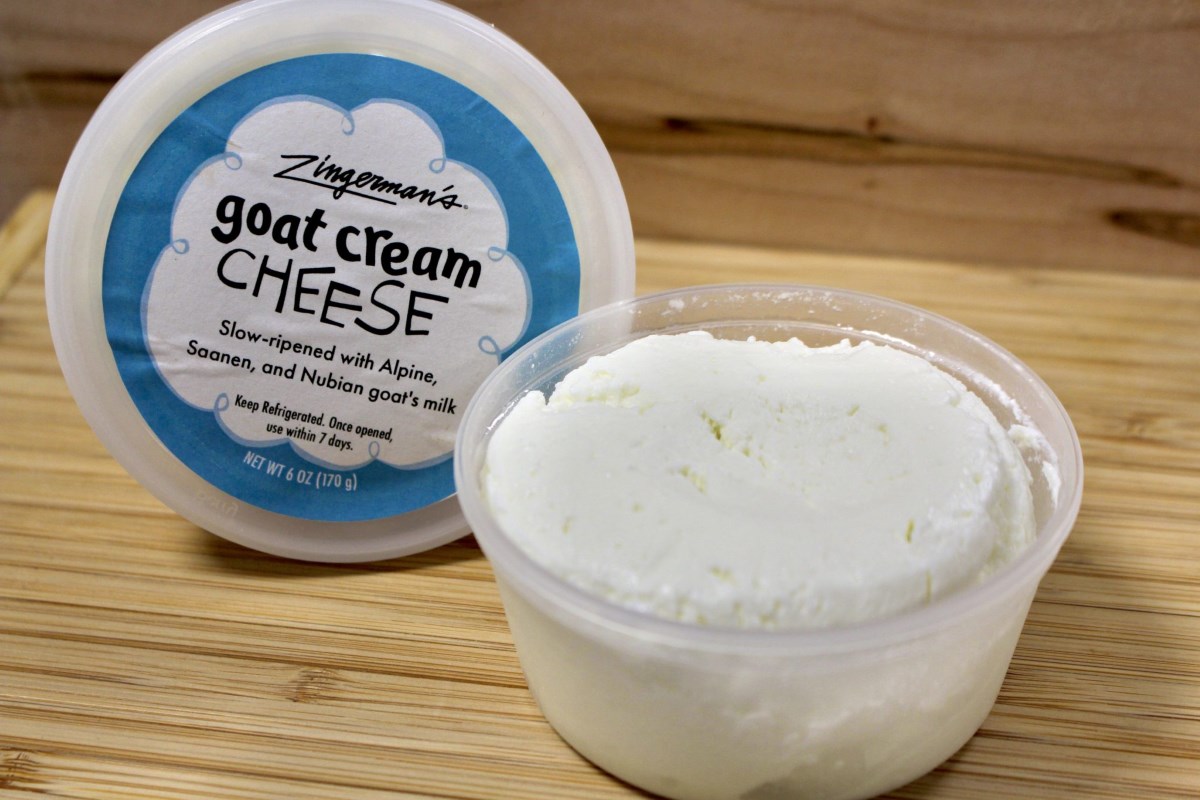
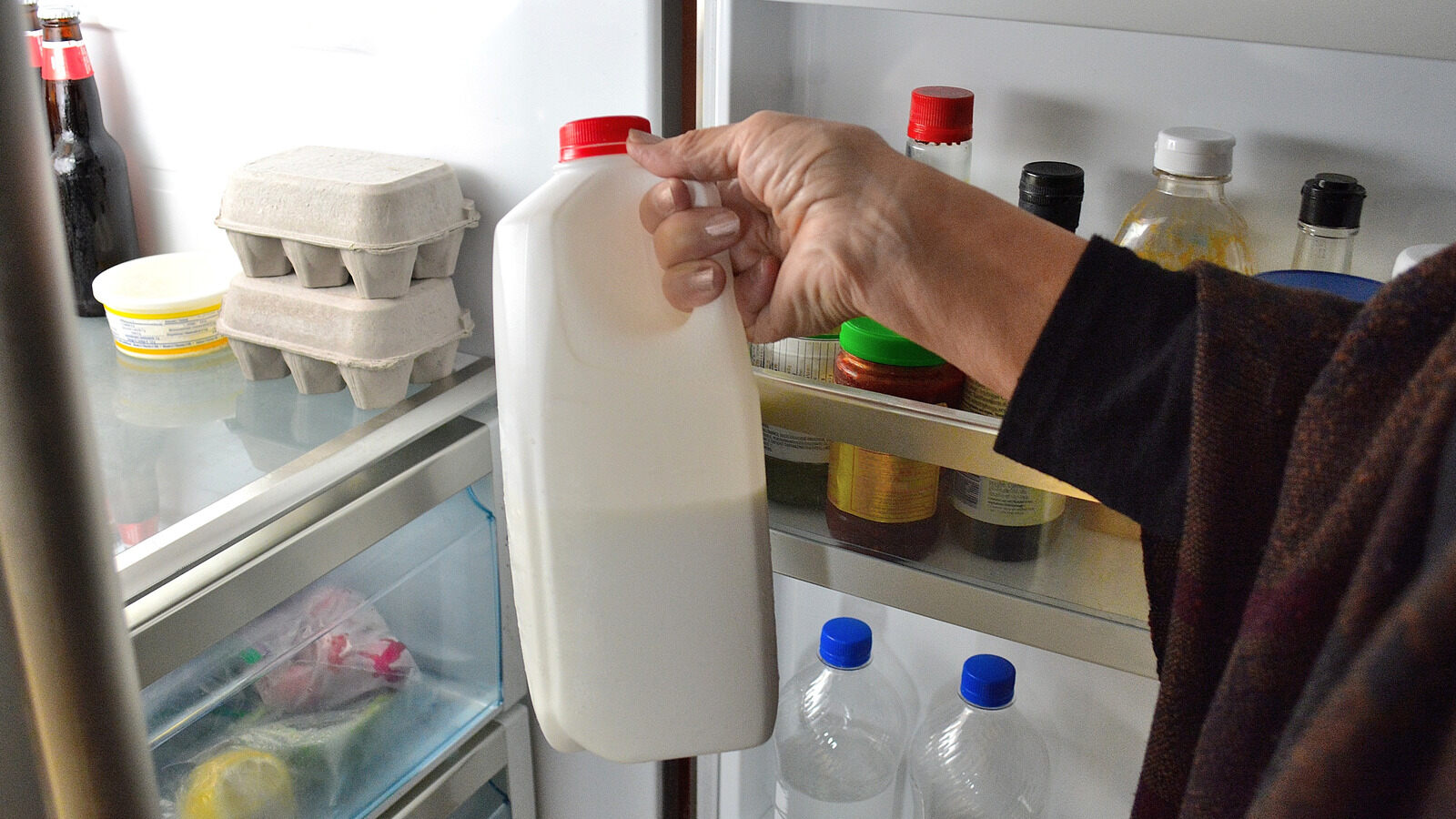
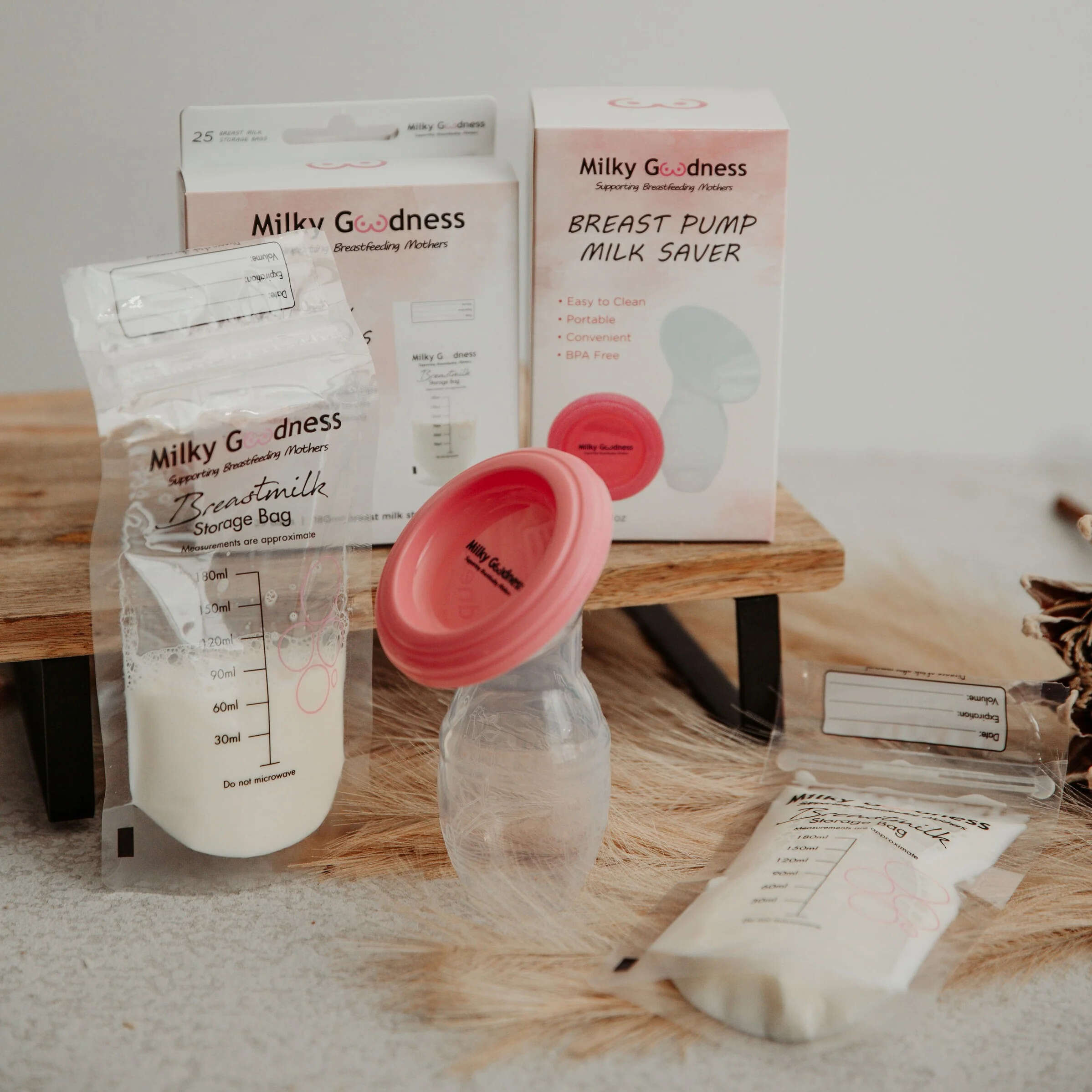
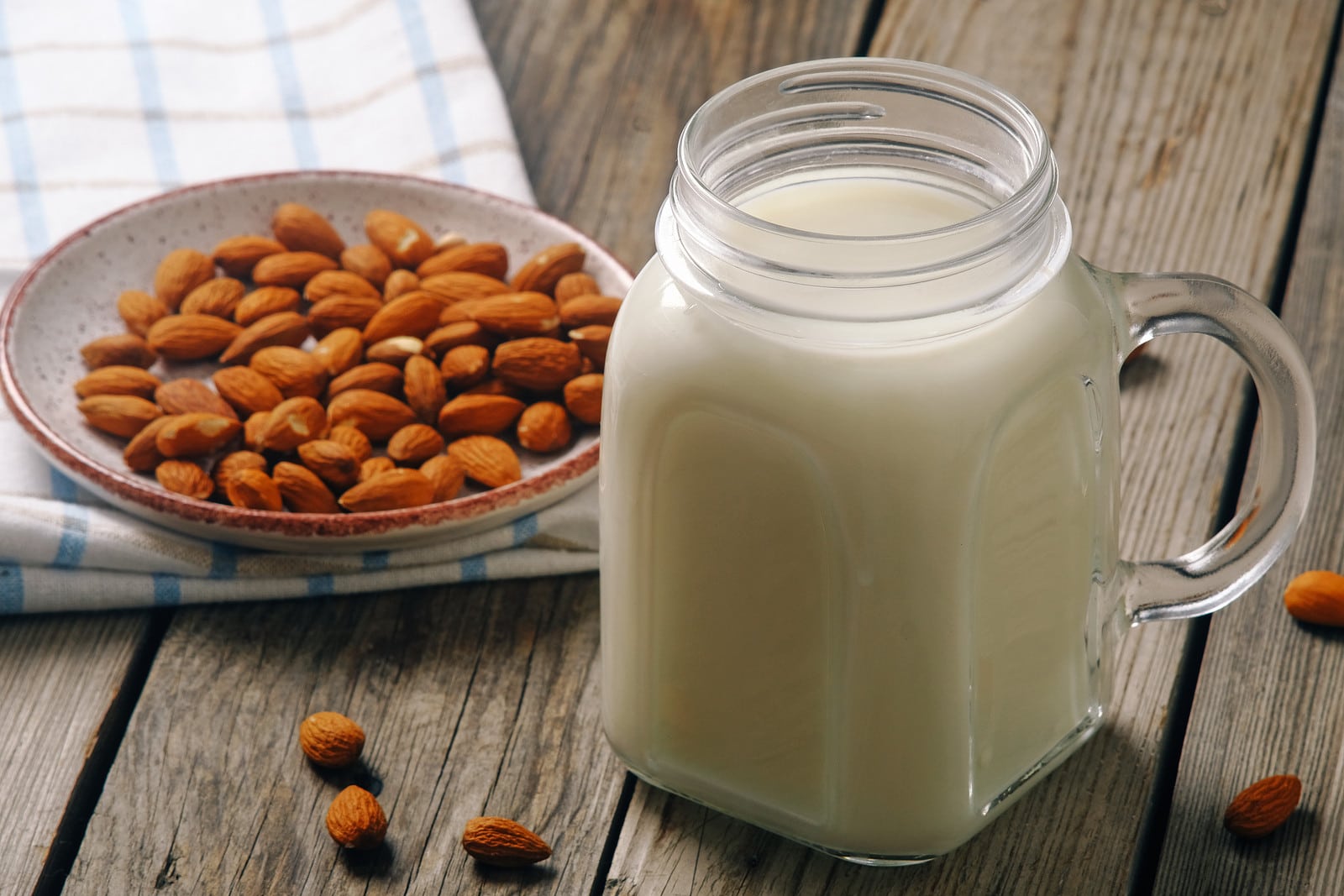
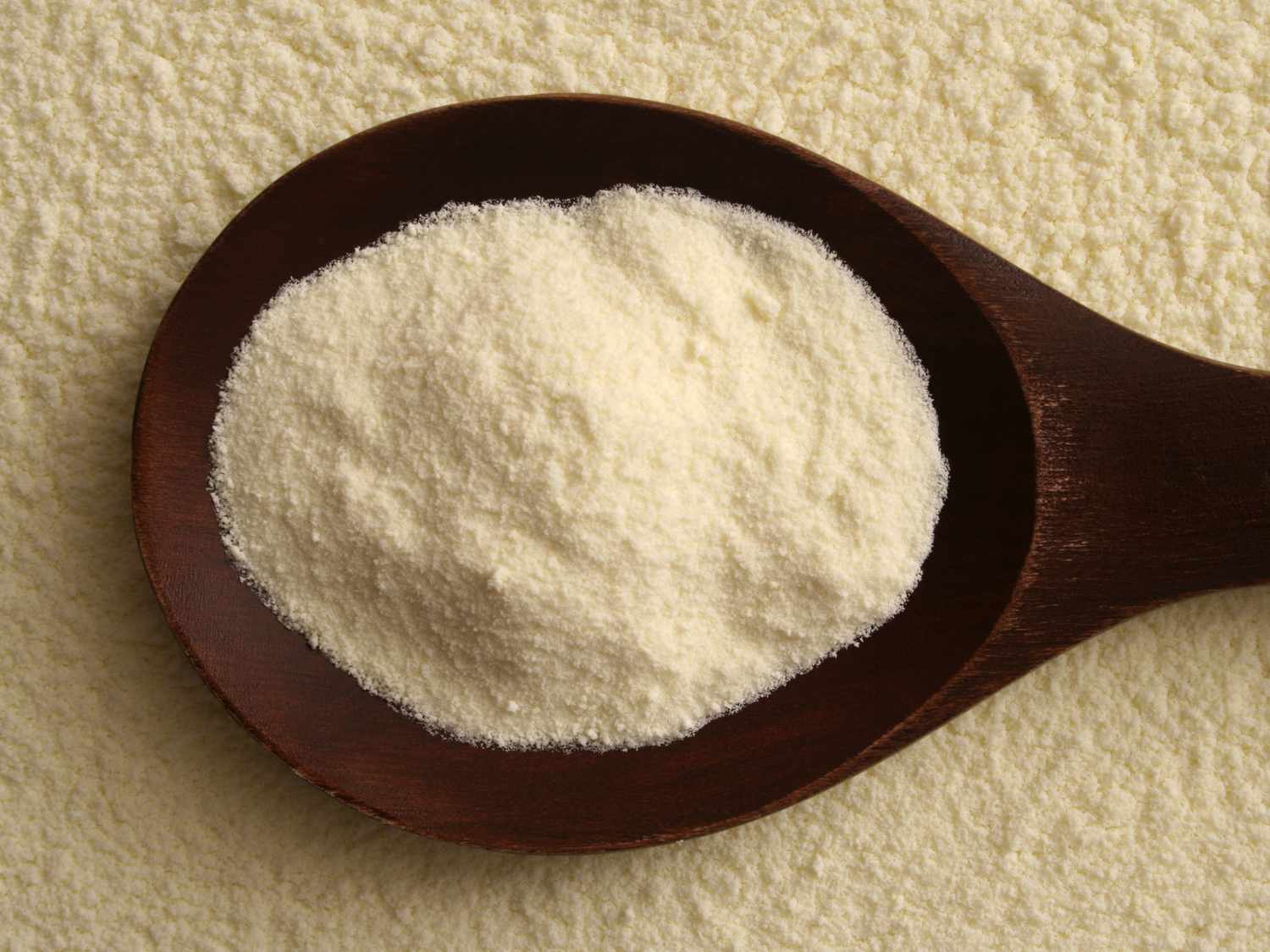
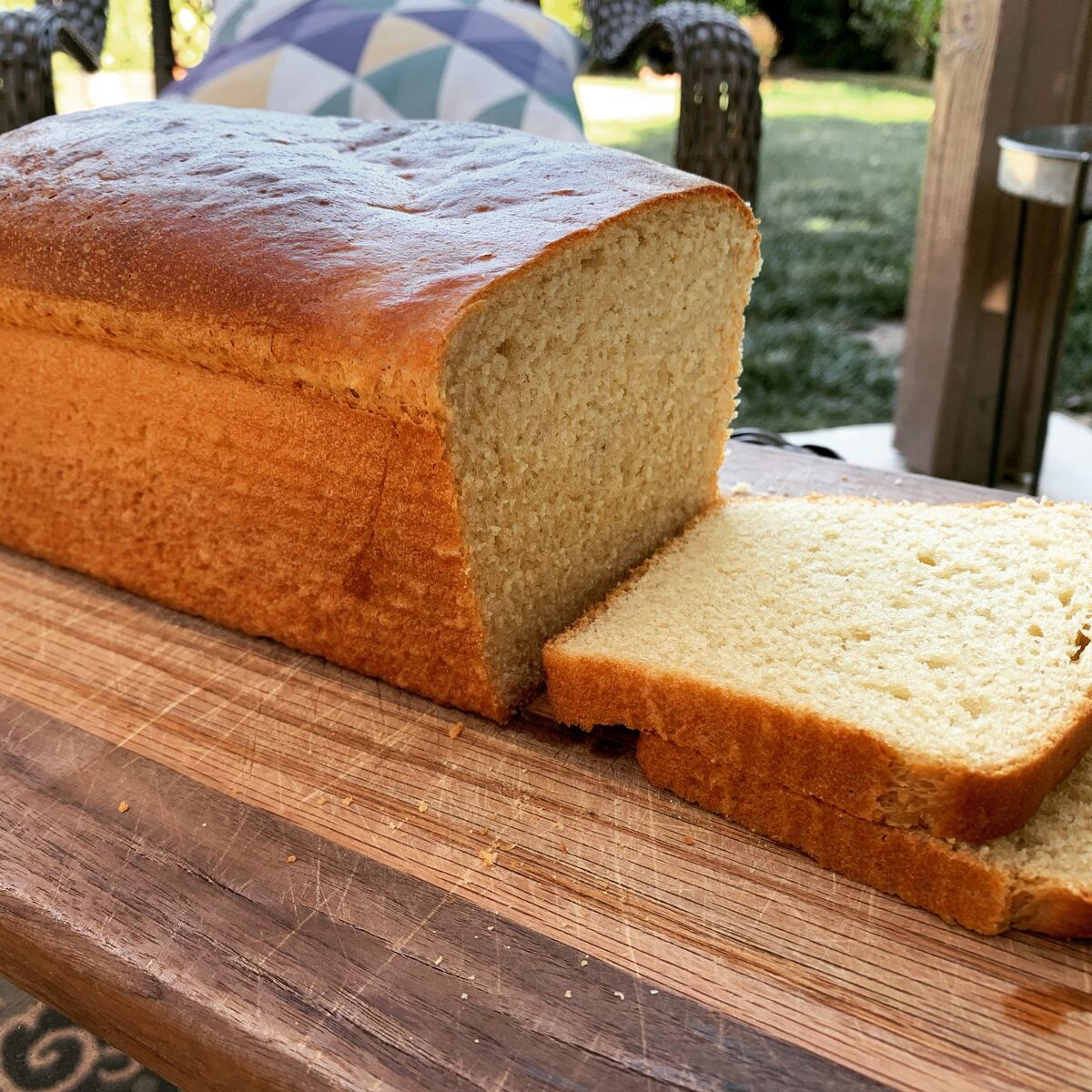
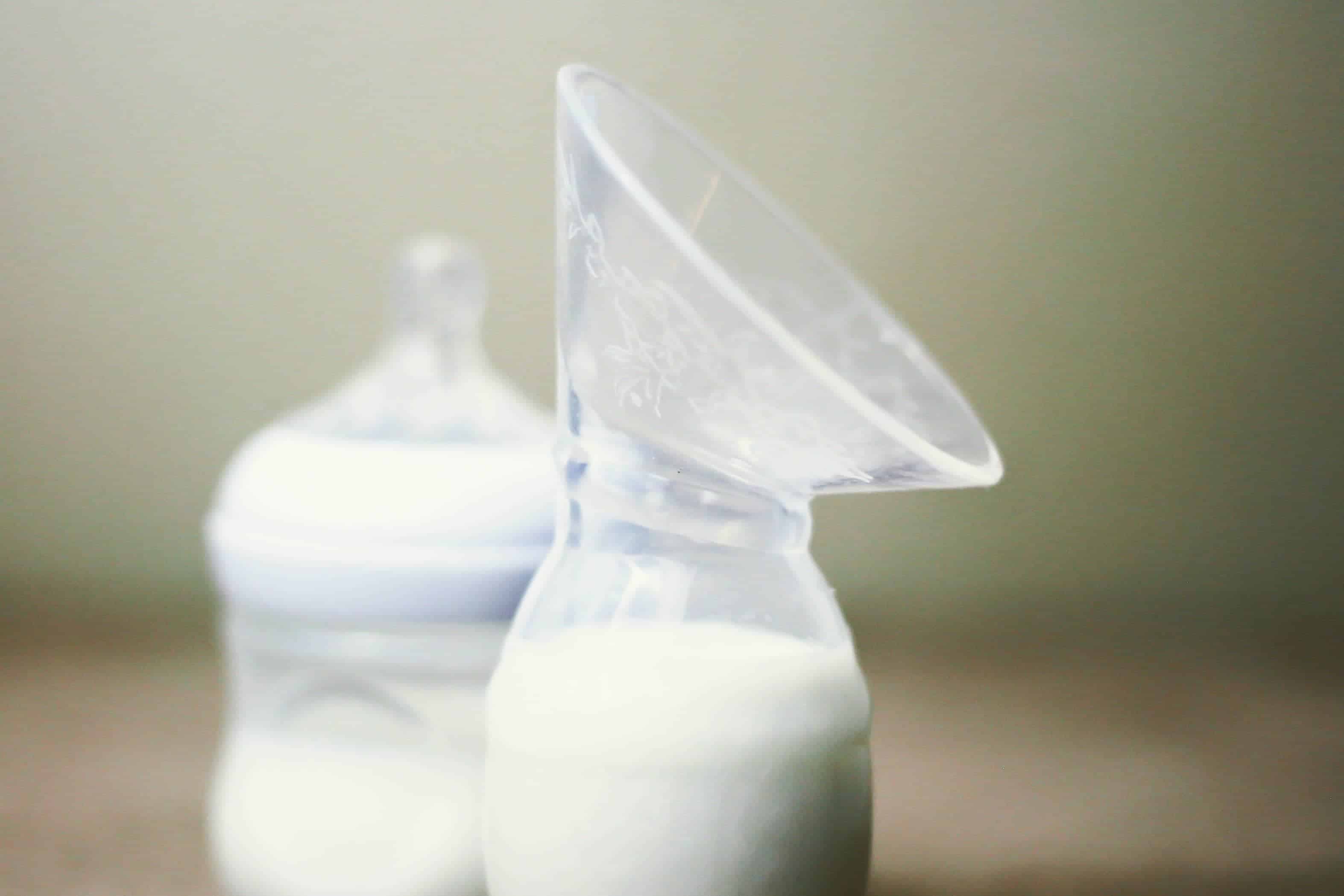
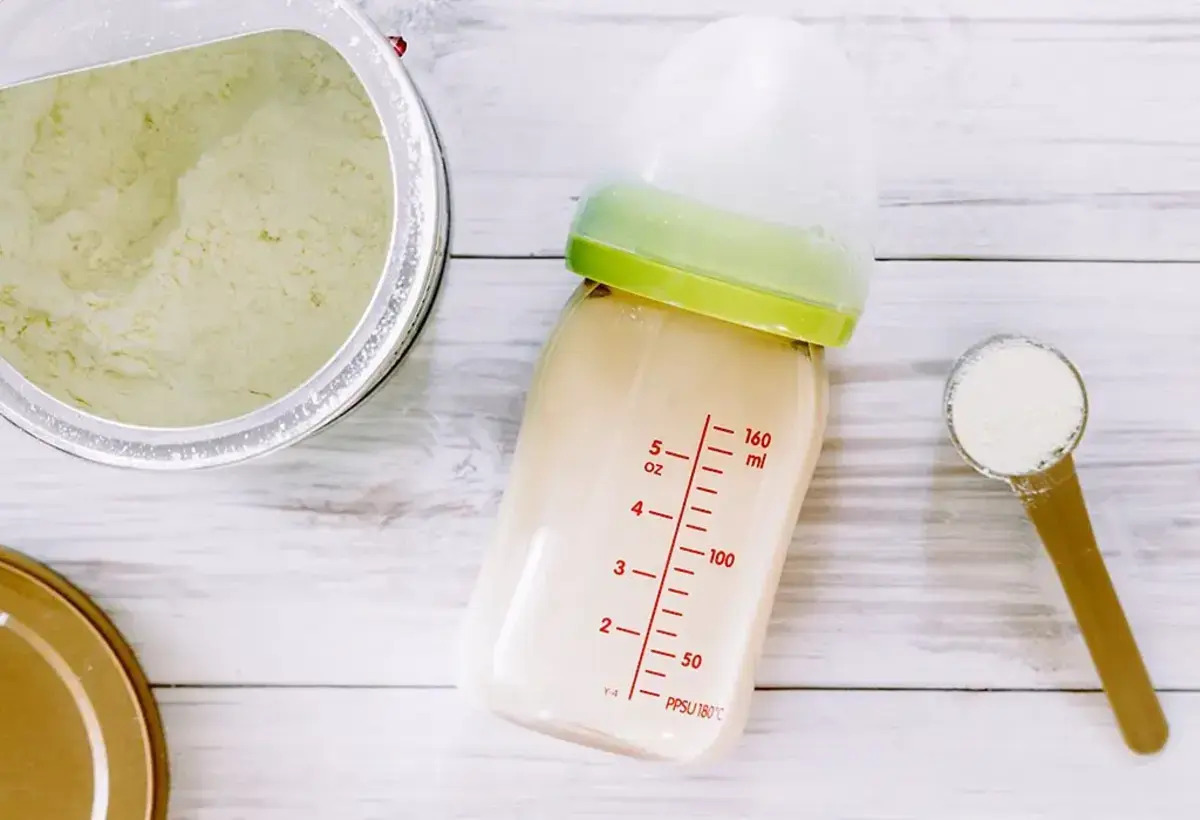
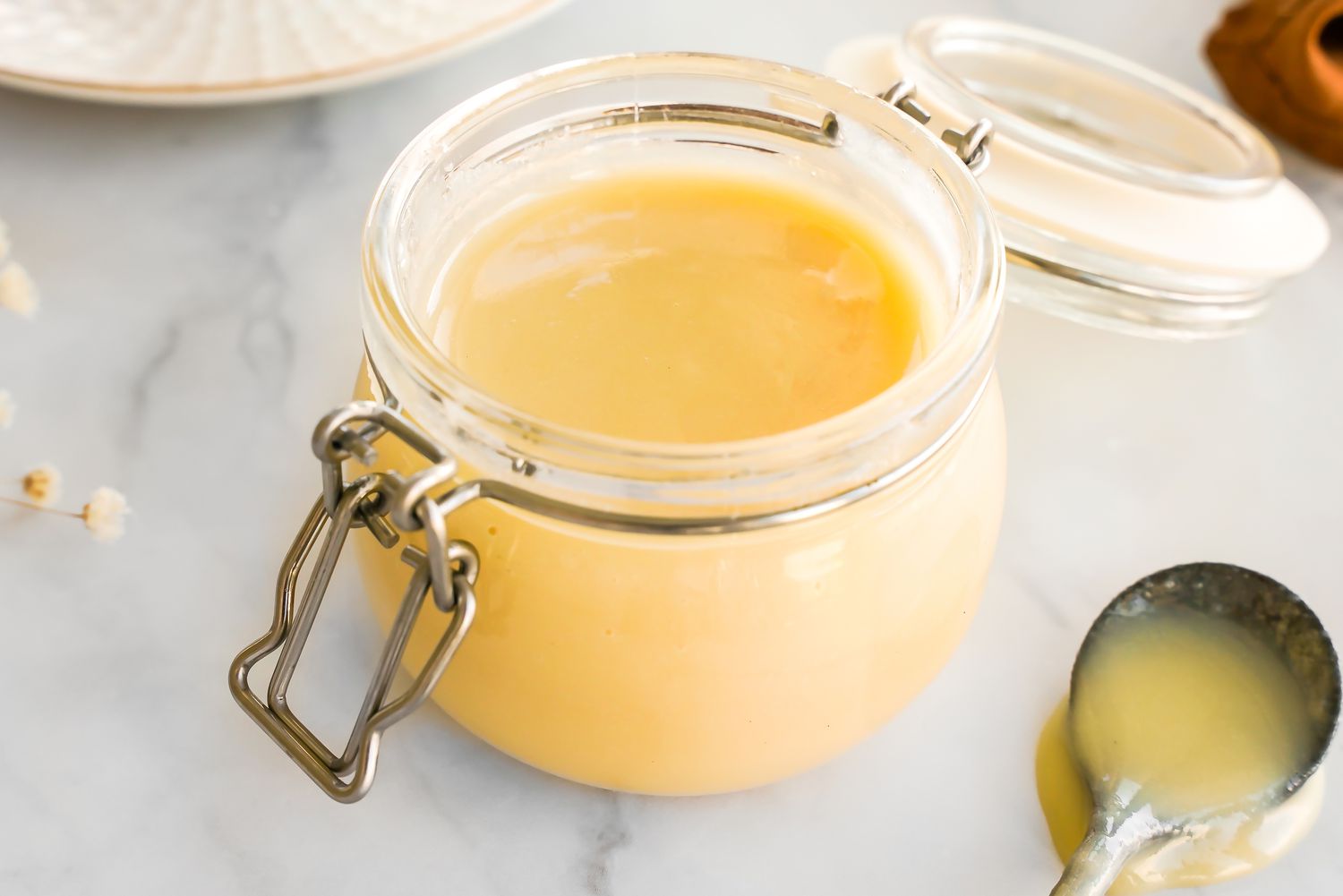
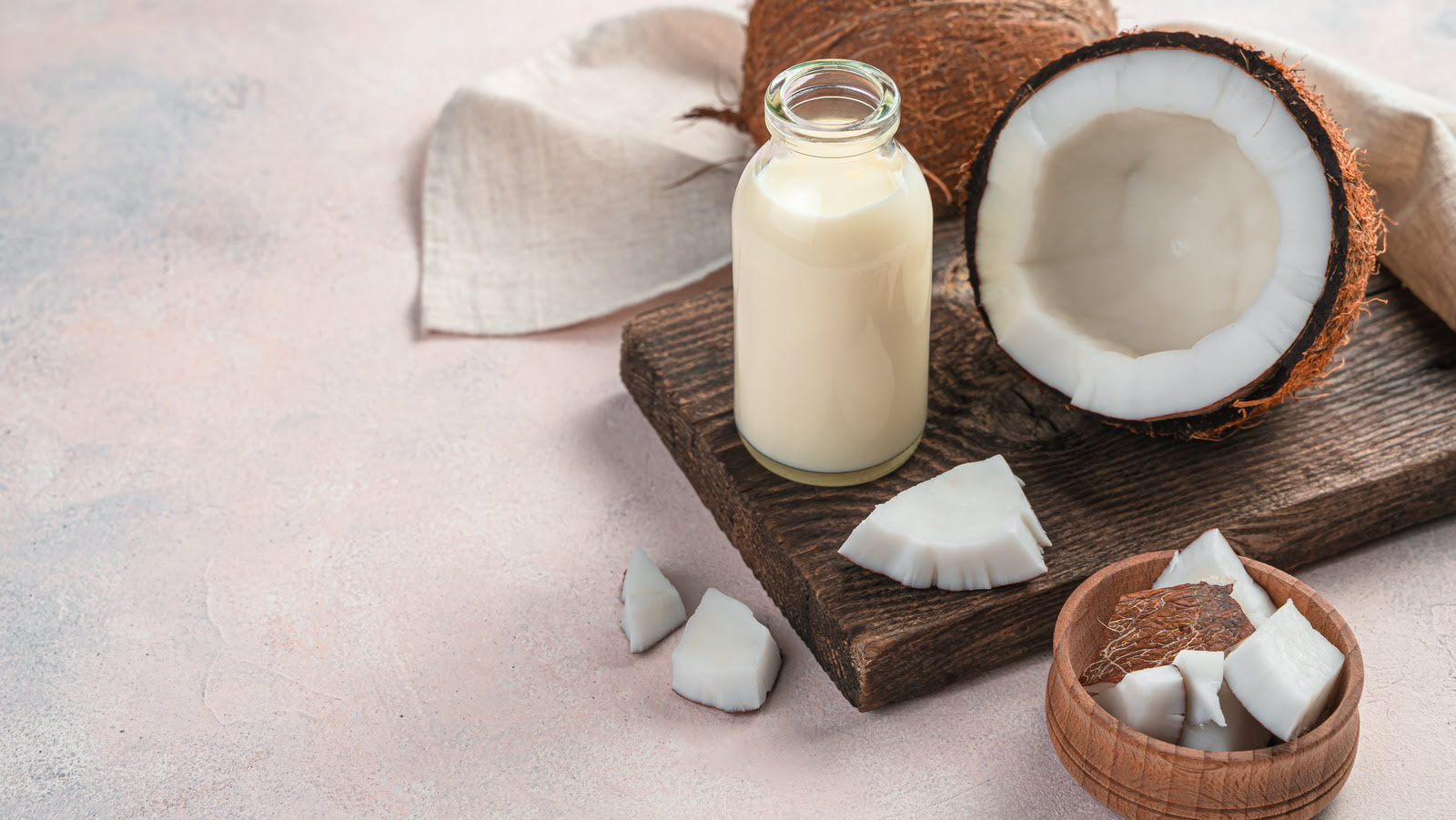
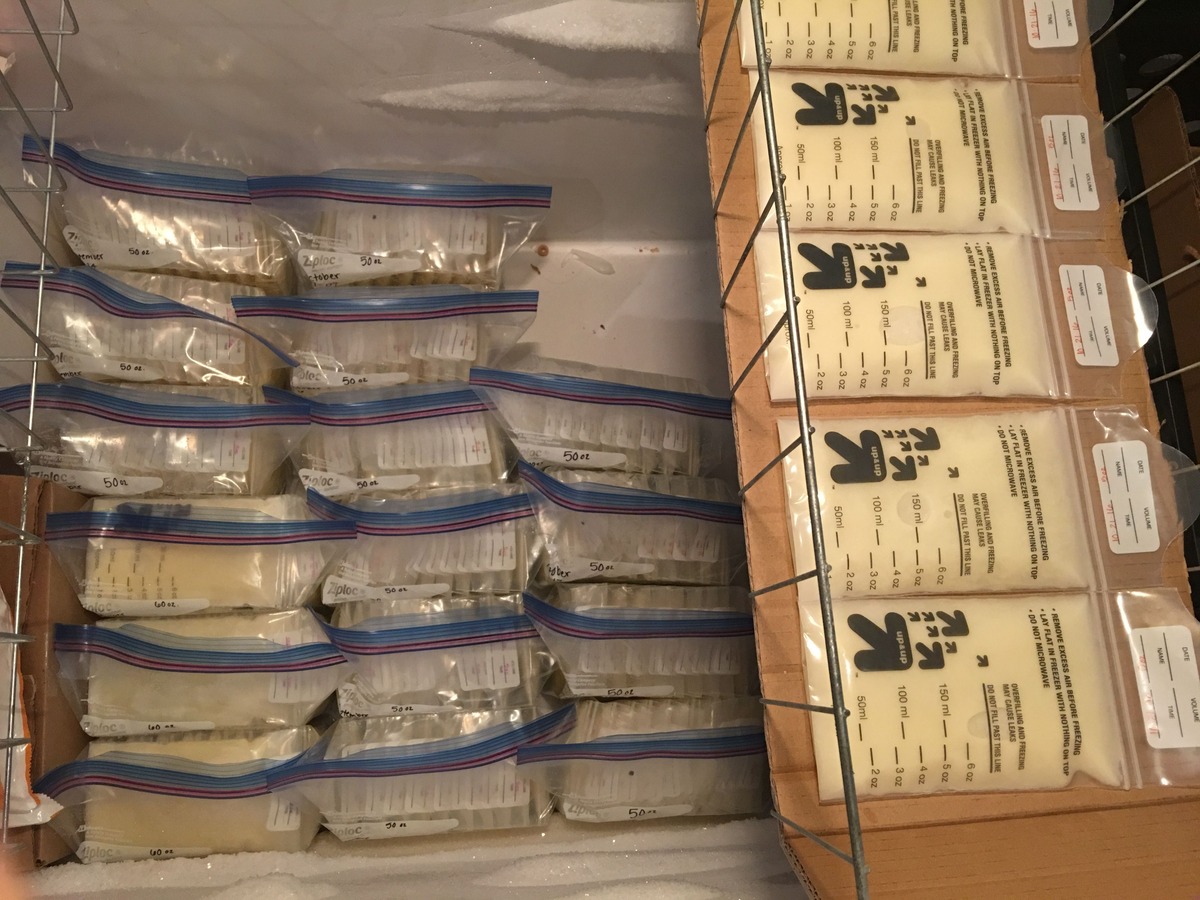
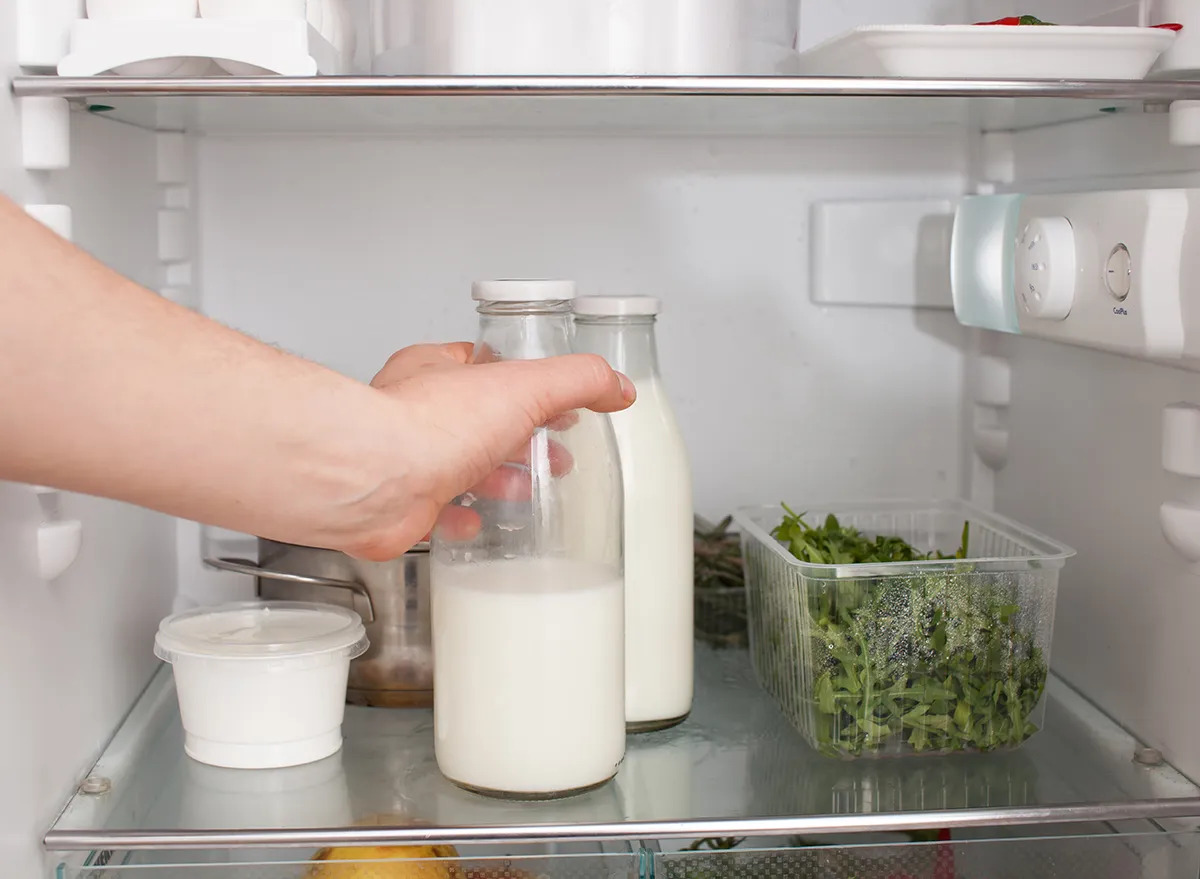
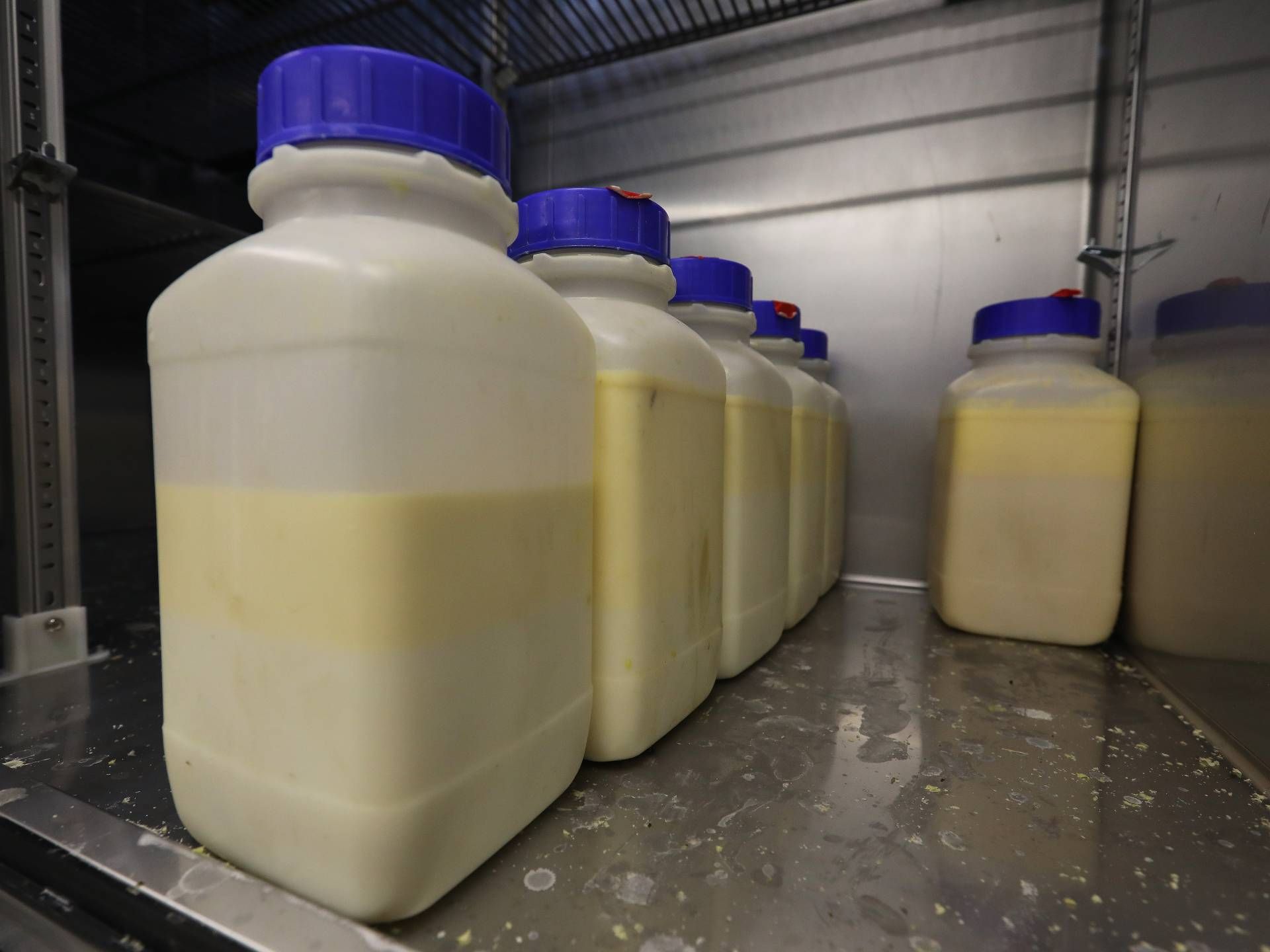

0 thoughts on “How To Store Goats Milk”